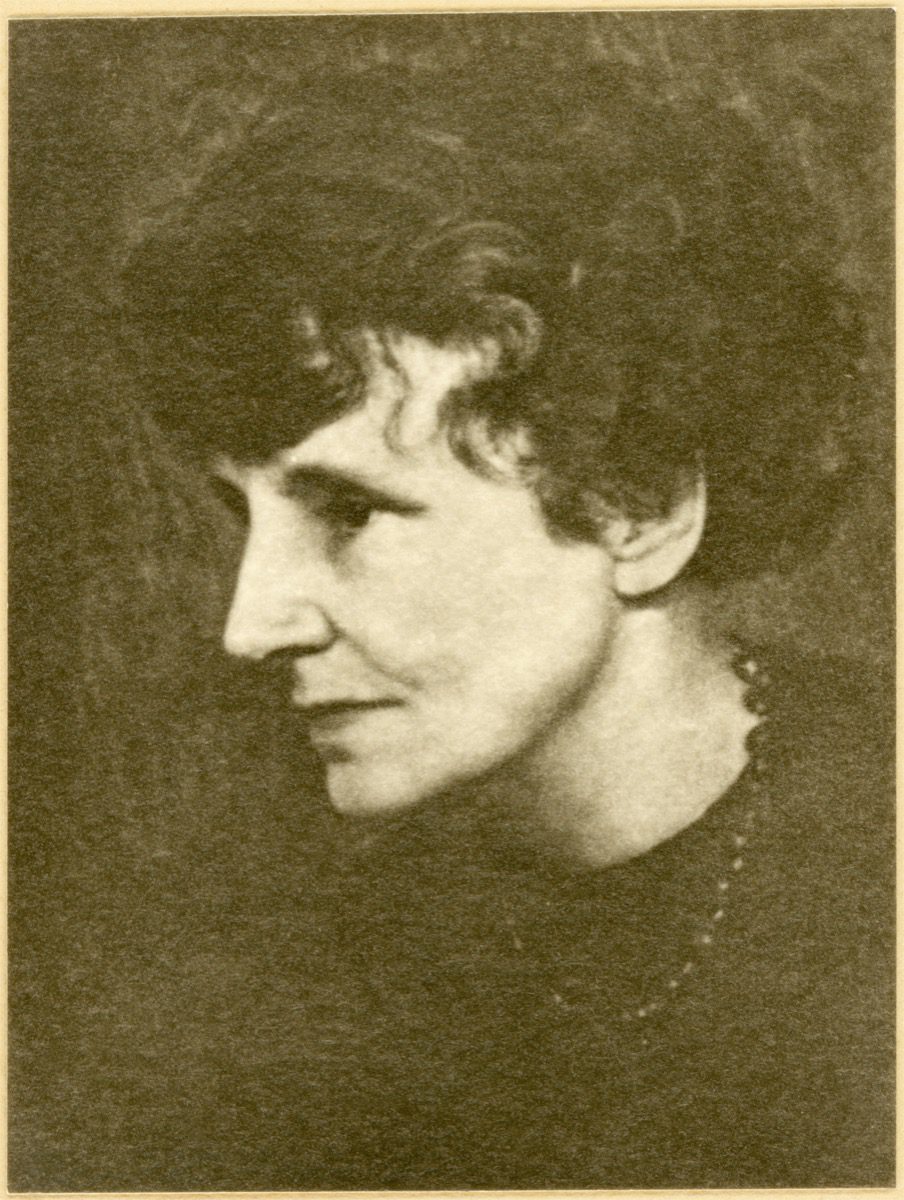In this post we take a closer look at the life and work of British anthropologist Elsie McDougall (1883-1961), one of the women anthropologists who inspired Mariana Castillo Deball’s exhibition Between making and knowing something.
Deball was inspired by the archives of four women anthropologists held across the Pitt Rivers Museum collection and the Smithsonian Institute collection in Washington DC. Find out about the other pioneering women over the coming weeks as we share their stories as part of this series.
–
Elsie McDougall (1883-1961)
McDougall was born in London in 1883, living for part of her life in South Africa and then the USA. She spent her life researching the indigenous textile cultures of Central America.

She first visited distant and isolated Maya villages in Guatemala and Mexico in 1926 to observe and document weaving materials and techniques.


McDougall specialised in studying the complex weaving methods and loom devices used by indigenous communities within these regions. Her research was printed in the anthropological series Occasional Papers on Technology published by the Pitt Rivers Museum between 1939 and 1963.


These photographs depict the finger-weaving techniques and back-strap looms studied by McDougall.
In her exhibition Between making and knowing something, Mariana Castillo Deball reconnects the objects studied by the intrepid traveller Elsie Colsell McDougall, to their communities of origin.


Each swathe of hanging handmade fabric is an unfinished rebozo, long flat garments similar to shawls, often worn by women in Mexico and considered part of Mexican identity.
Ukata, a collective of weavers based in the state of Michoacán in Mexico, were commissioned to create these fabrics woven with a backstrap loom, and dyed with an ikat pattern.


Deball offers a renewed perspective on McDougall’s research by employing the labour of local makers who continue to use the weaving techniques and skills McDougall extensively documented. Their seemingly unfinished threads suggest the continued use and relevance of these traditional garments in Mexico today.
–
Read more about Elsie McDougall’s fascinating life and research via the Pitt Rivers Museum website, here.
Explore the stories of other pioneering women, including Maori guide and anthropologist Makereti who also inspired Deball’s exhibition. They both featured in Intrepid Women, an exhibition at the Pitt Rivers Museum in 2018. Find out more here.
